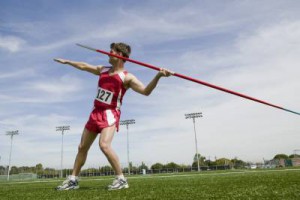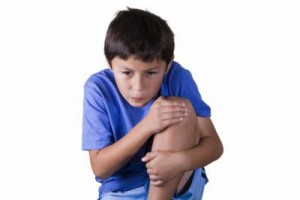Children have a unique and complex range of injuries directly related to growth spurts and bones that aren’t fully formed. They may be particularly at risk for sports-related overuse injuries as a result of improper technique, poorly fitting protective equipment, training errors, and muscle weakness and imbalance. Most of these injuries can be managed conservatively with proper and timely diagnosis.
Little Leaguer's Shoulder and Elbow
Little Leaguer’s shoulder is thought to be an overuse or stress injury of the top  of the humerus (long arm bone) at the
of the humerus (long arm bone) at the
shoulder. It can occur in athletes involved in swimming, gymnastics, field athletics such as javelin, baseball and tennis. The average age of onset is 14 years and typically presents with lateral shoulder pain during throwing or overhead activities.
In the elbow the pain is on the inside of the elbow and is almost exclusively found in throwing activities. It often occurs earlier, between the ages of 9 and 12.
What PPASIC Can Do To Help
- Rest from throwing is necessary for an average of three months
- Ice – to reduce pain and inflammation
- Specific exercise programme – to maintain movement and regain strength
- Liaise with the coach – to ensure correct technique during sport.
Back Pain
Back pain in young athletes may be caused by many conditions but therapists and doctors should consider the possibility of spondylolysis and spondylolisthesis because there is a higher incidence of these conditions in athletes, particularly those who take part in gymnastics, ballet, dance and weightlifting. These activities involve excessive extension (bending backwards) and can lead to an increased lordosis or curve in the lower back.
What PPASIC Can Do To Help
- Treatment is focused on preventing excessive extension and relieving pain
- Flexion exercises – to counteract the painful movement
- Hamstring stretches – tight hamstrings can exacerbate back pain and increase the lumbar lordosis
- Core strengthening exercises – to support, strengthen and protect the back
Knee Pain (Osgood-Schlatter Syndrome)
 This is very common in youngsters who play kicking and jumping sports such as football, netball and basketball. Because the bones grow much faster than the muscles and tendons during a growth spurt the tight muscles can cause the bone to stretch where the tendon attaches onto the bone. This usually occurs at the front of the knee and can cause a painful lump or swelling. The usual age of onset is 10 – 15 years and it is more common in boys.
This is very common in youngsters who play kicking and jumping sports such as football, netball and basketball. Because the bones grow much faster than the muscles and tendons during a growth spurt the tight muscles can cause the bone to stretch where the tendon attaches onto the bone. This usually occurs at the front of the knee and can cause a painful lump or swelling. The usual age of onset is 10 – 15 years and it is more common in boys.
What PPASIC Can Do To Help
- Ice and pain-relieving treatment – to reduce the inflammation
- Hamstring stretches – invariably the hamstrings are tight during a growth spurt
- Quadriceps strengthening exercises – to take the pressure off the bone at the front of the knee
- Patellar tendon strap – this can help to offload the painful bone.
Ankle Pain (Sever's Disease)
This is similar to Osgood-Schlatter syndrome above but the pain is at the back of the heel where the Achilles Tendon inserts into the calcaneus (heel bone).
What PPASIC Can Do To Help
- Ice and pain relieving treatment
- Calf and Achilles tendon stretches – to take the pressure off the heel bone
- Eccentric loading exercises – these are specific strengthening and lengthening exercises for the calf muscles
- Foot orthotics – these may be necessary if the child has flat feet
- Heel raise – to offload the painful heel
For Further information on child-related injuries call us on 01730 267645 or contact us through our website.

Recent Comments